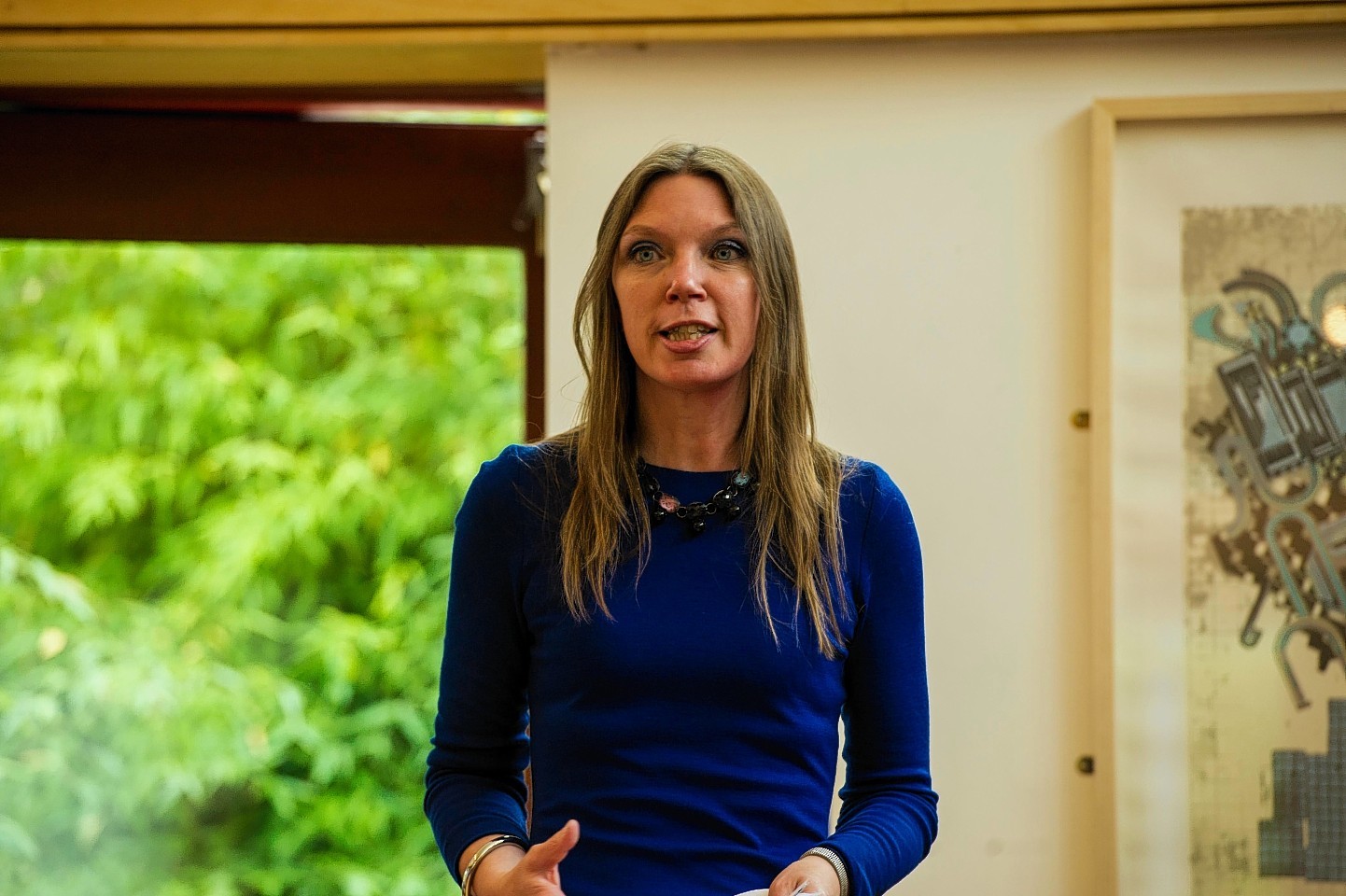News that no community the length and breadth of Scotland has applied to exercise a new right to buy local land is disappointing.
Although this right featured in the Community Empowerment (Scotland) Act 2015, it only came into force last year. But the Scottish Government has now confirmed that no local group is seeking to use it yet.
This appears surprising. There were many community activists whose hearts soared when they learnt there was to be such a provision in the Act.
It introduced a new right for community bodies to purchase land (including buildings) which had been abandoned, neglected or were detrimental to the environmental well-being of the community, where the owner was not willing to sell. This is if the ministers approved the purchase.
Since the Land Reform (Scotland) Act 2003, crofting communities have had the right to buy their local land, subject to ministerial approval, whether or not the landowners wanted to sell. But for non-crofting communities, that legislation only gave them a right of first refusal in the event of the landowner putting it up for sale. They coveted the crofters’ rights. The statutory moves on ‘abandoned, neglected or detrimental land’ seemed to help them close that deficit.
But there were early concerns. The legislation did not give a definition of “abandoned or neglected”, leaving to a community body to justify why they though the land it sought, would qualify.
Lawyers acting for landowners with deep pockets, rubbed their hands. There have also been suspicions that some proprietors turned over a few sods of earth specifically to avoid the charge of abandonment or neglect. Others happy to spend money applying for planning permission for developments, they were in rush to advance.
There was further concern that “harm to environmental wellbeing” of communities, as defined in the regulations the Act created, did not match the rhetoric supporting the concept as expressed by ministers during the legislation’s parliamentary journey.
In particular they focused on statutory nuisances as defined by the Environmental Protection Act 1990, without embracing wider considerations such as social well-being which could enhance community life.
This seems at odds with comments by the then Land Reform Minister, Dr Aileen McLeod, who told MSPs as the bill was making its way through the Scottish Parliament:
“Environmental wellbeing is not being defined in the bill as I want it to have a broad meaning…and not be restricted to harm that is caused to just the physical condition of the community. Harm to the community’s environmental wellbeing, for example, may affect the amenity of the community. That may include cases where the use or management of the land causes or results in harm to the community such as the detrimental impact that a group of boarded-up shops, unoccupied housing or algae-filled ponds that are becoming health hazards might have on the community’s environmental well-being.”
Community Land Scotland, the umbrella organisation for community buyouts and an increasingly assiduous guardian of local interests, sounded an early warning. In its submission last year to Holyrood’s Environment, Climate Change and Land Reform Committee, it said: “Community Land Scotland is aware that that a number of communities are looking forward to these regulations coming into force in anticipation of their potential relevance to circumstances faced by these communities.
“However, we are concerned that the regulations are now so narrowly drawn that their practical utility for communities will be negligible in all but the most limited circumstances.
“In turn, we are concerned that drawing the regulations so narrowly will unnecessarily frustrate the policy intention.”
Presumably ministers did not want an Act that didn’t work for those it was supposed to help. But they and MSPs have another chance to to put things right. The Scottish Government is currently conducting a public consultation on Part Five of the Land Reform (Scotland) Act 2016 which introduces a community right to buy land to further sustainable development, when there is no willing seller.
There are however already fears that this provision once more may be of limited use to communities when the regulations are finally drafted.
As it is, the conditions will only be met if the transfer of the land is: likely to further the sustainable development; is in the public interest; is likely to result in significant benefit to the relevant community; is the only practicable, or the most practicable, way of achieving that significant benefit; and not granting consent to the transfer of land is likely to result in harm to that community.
Communities could again struggle to meet all these conditions, unless there is clear political determination by ministers and MSPs to make the regulations more user-friendly.
Otherwise one would have thought the Scottish Land Commission, established by the same legislation, to review the effectiveness and impact of the Scottish Government’s laws and policies relating to land, might have something to say on the subject.
David Ross is a veteran Highland journalist and author of an acclaimed book about his three-decades of reporting on the region

